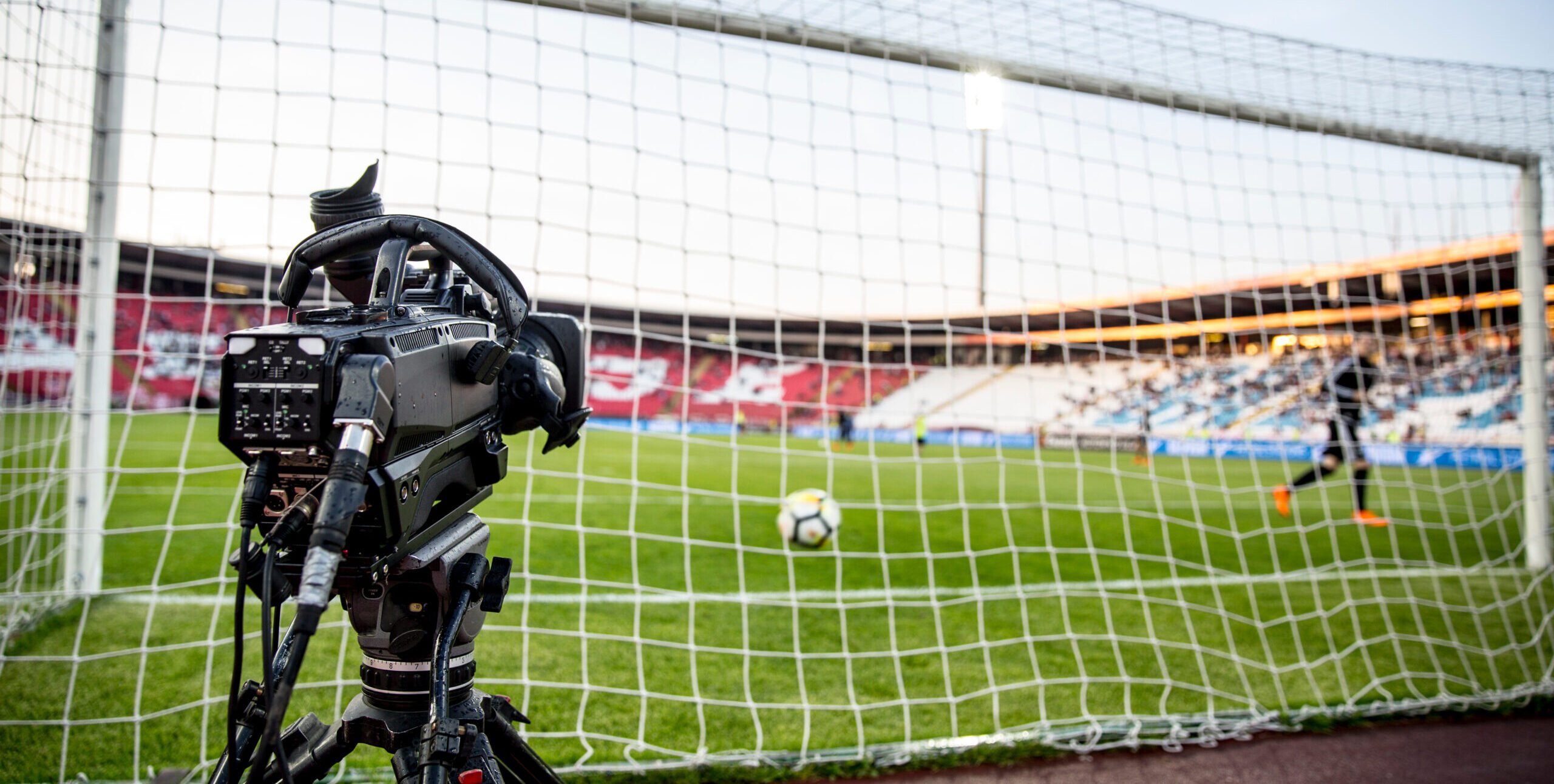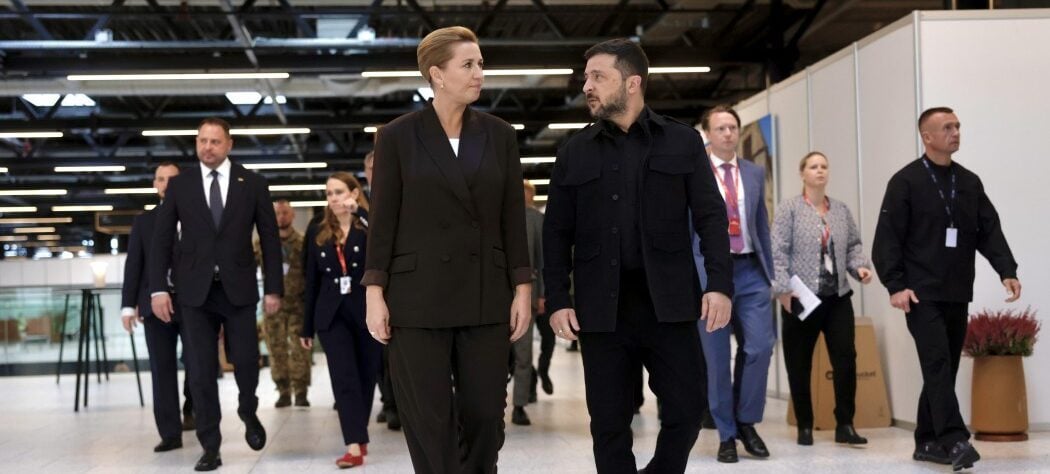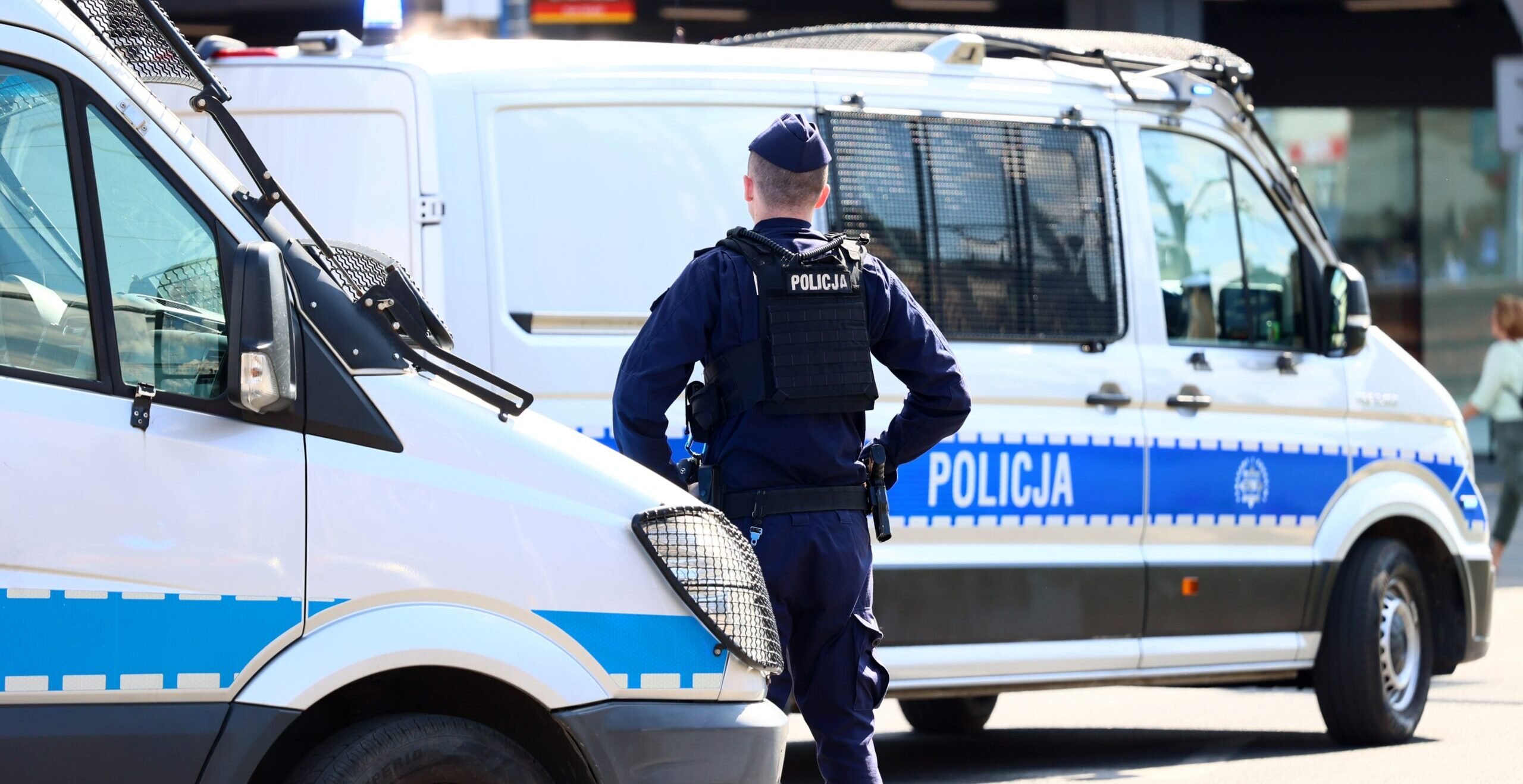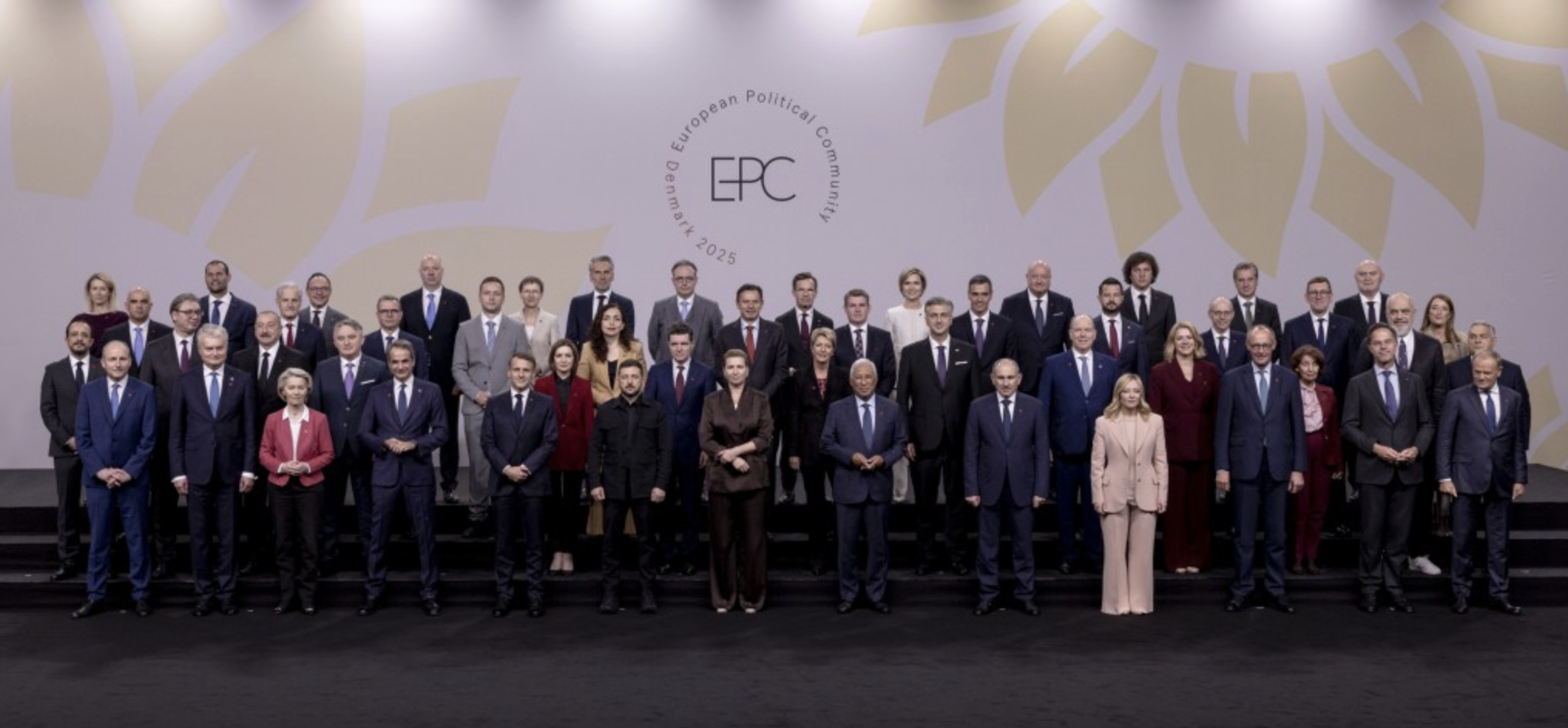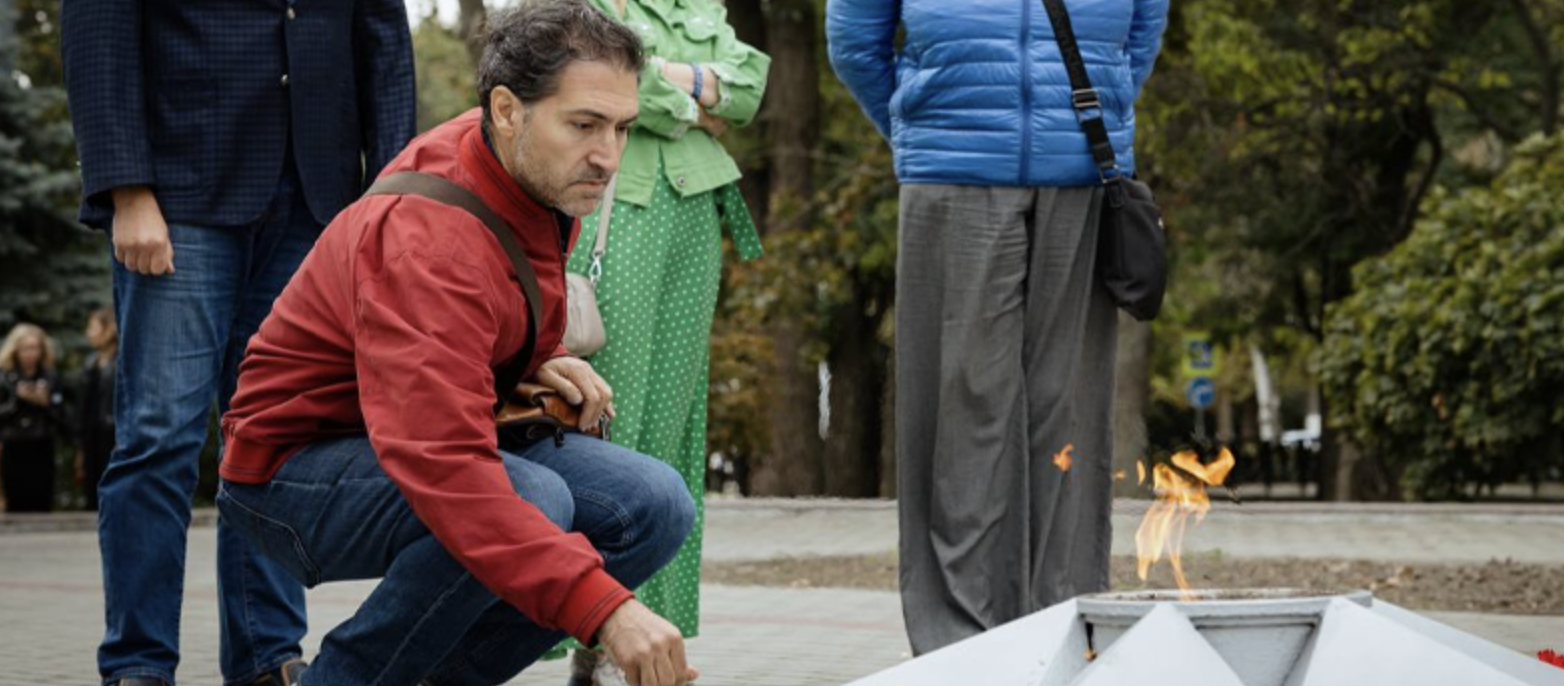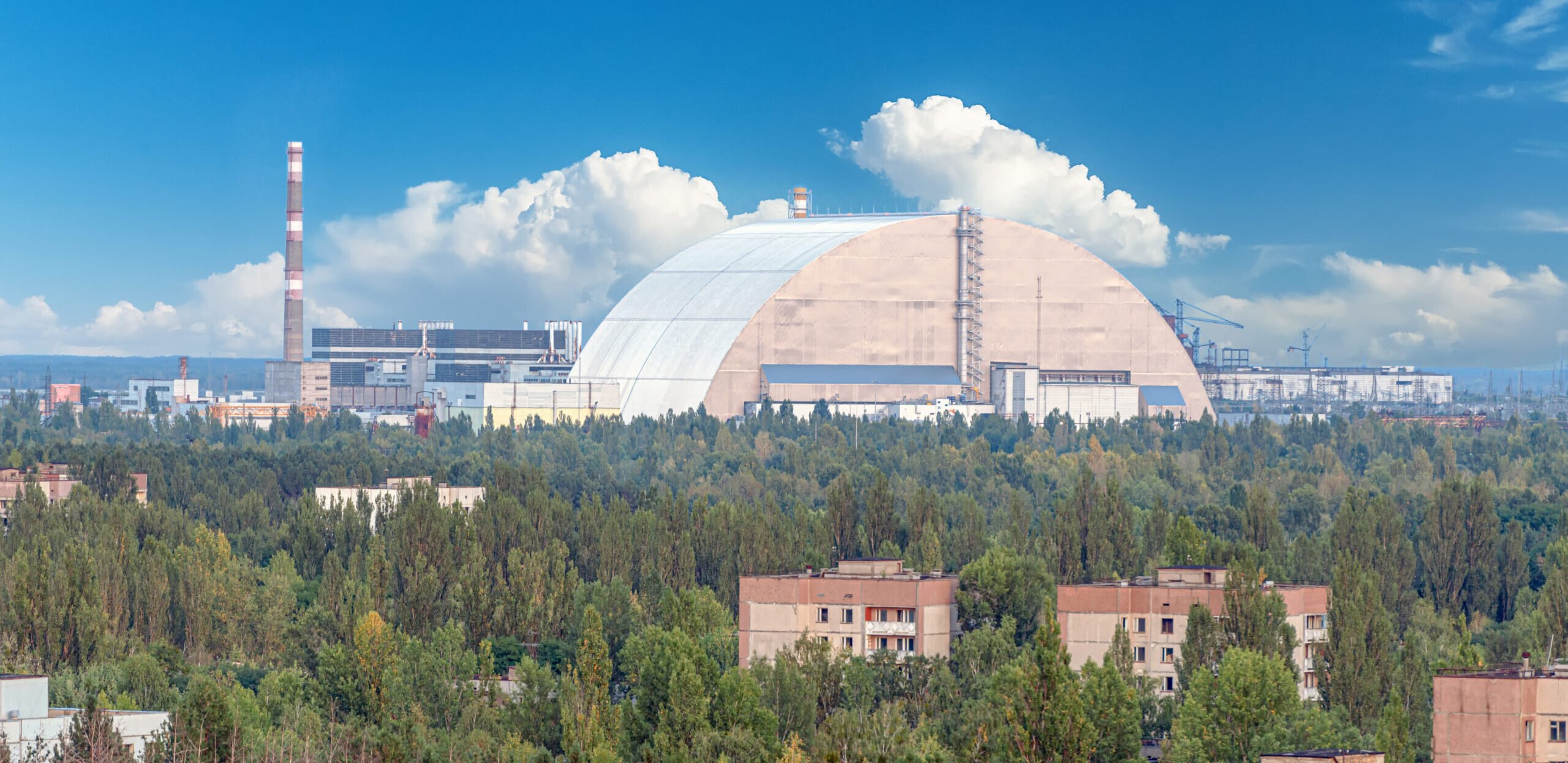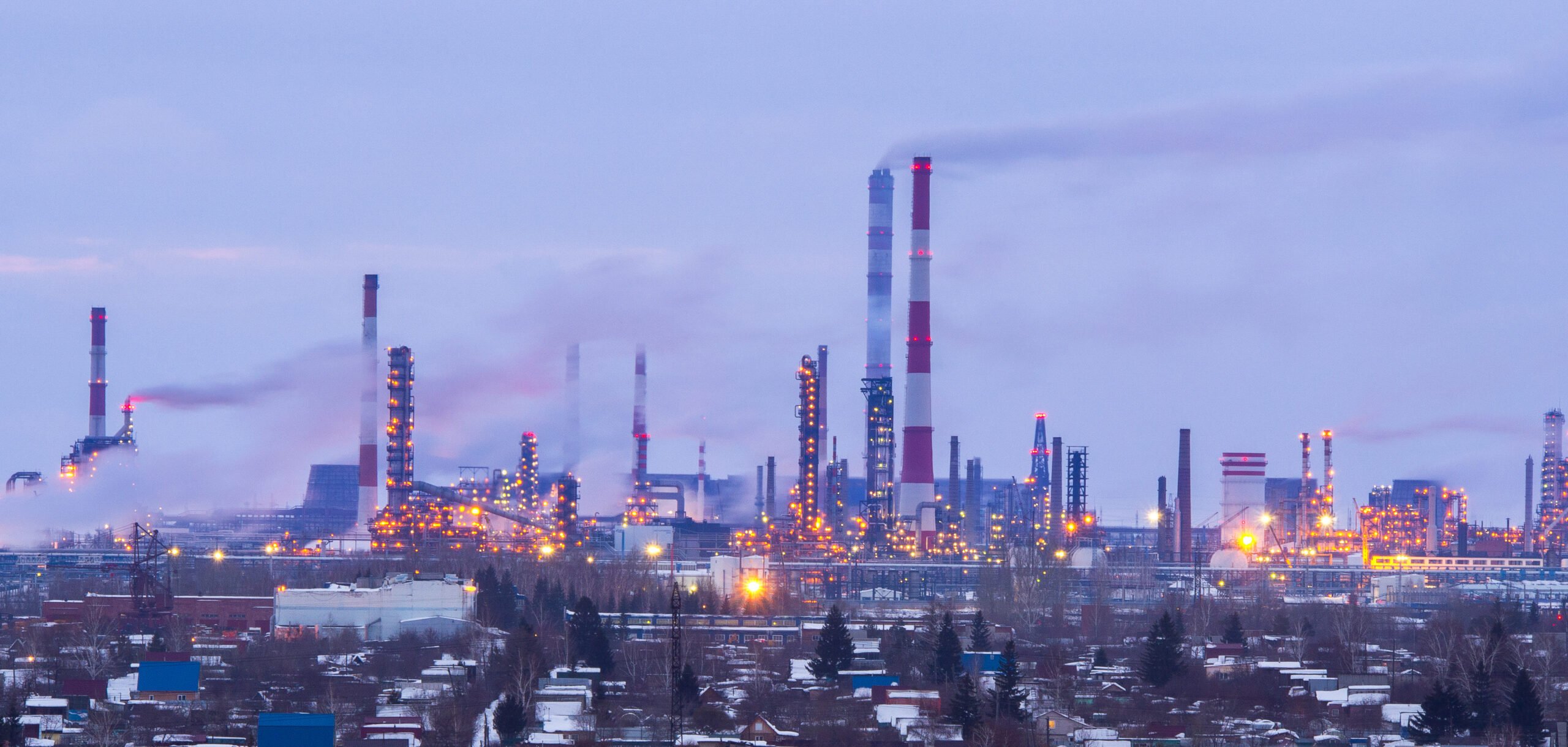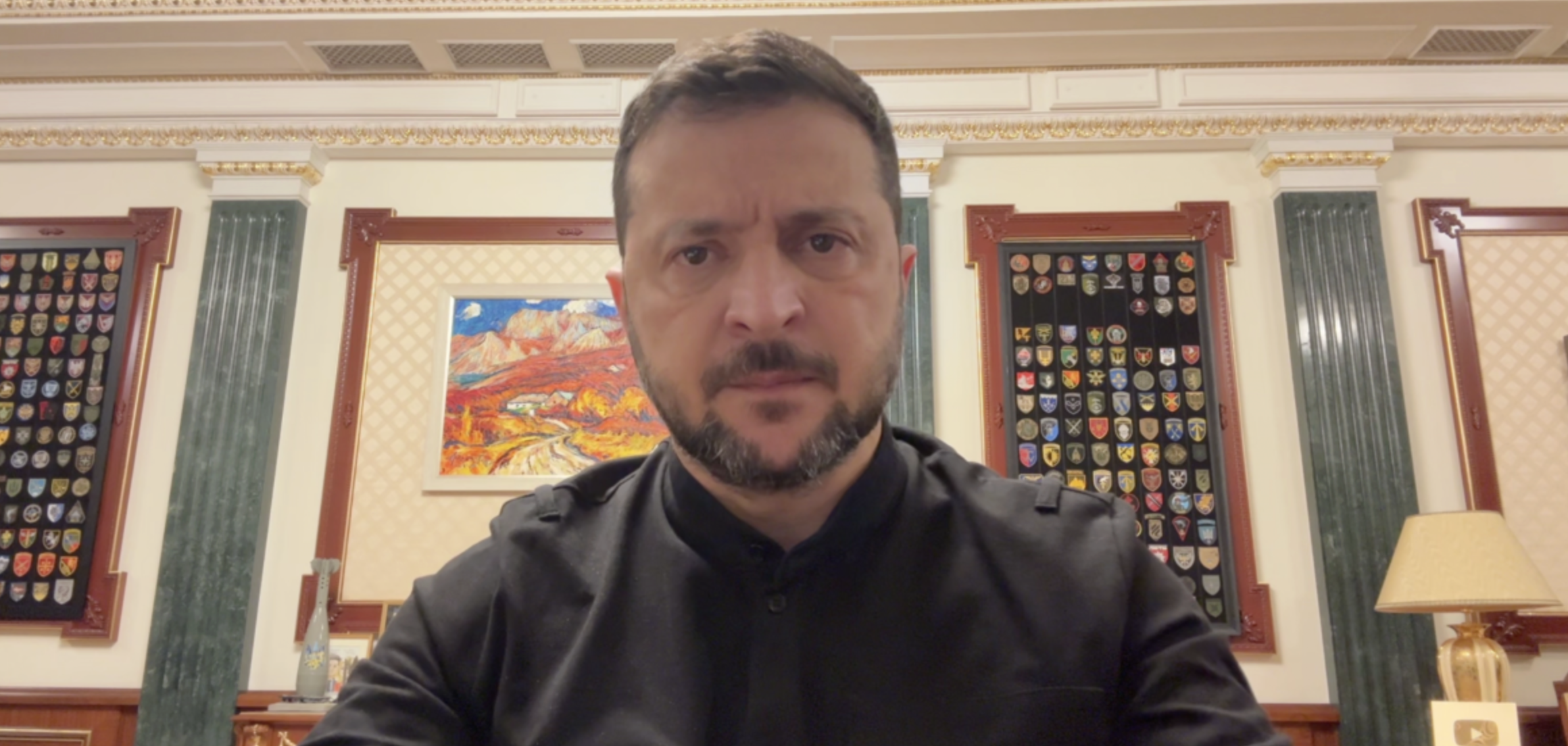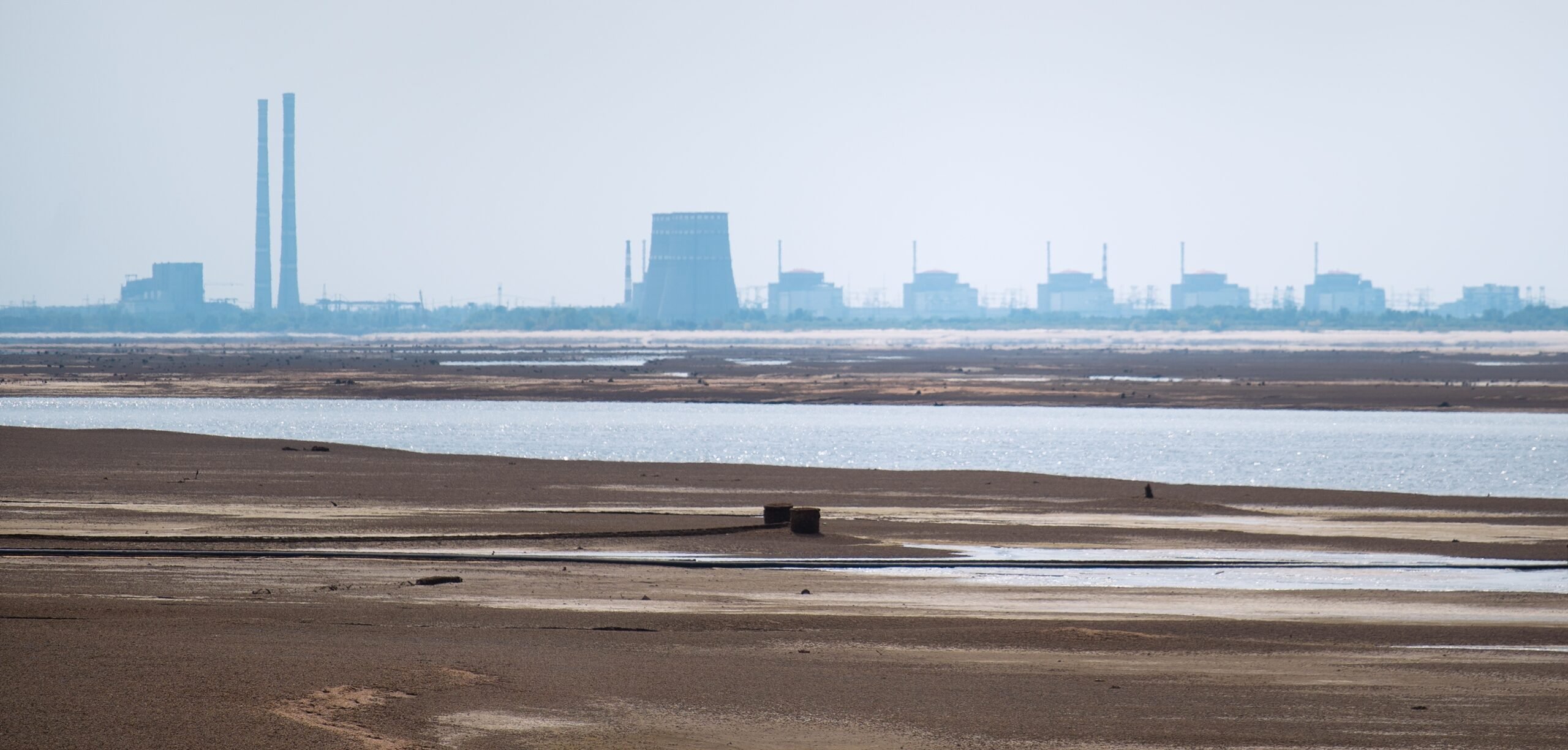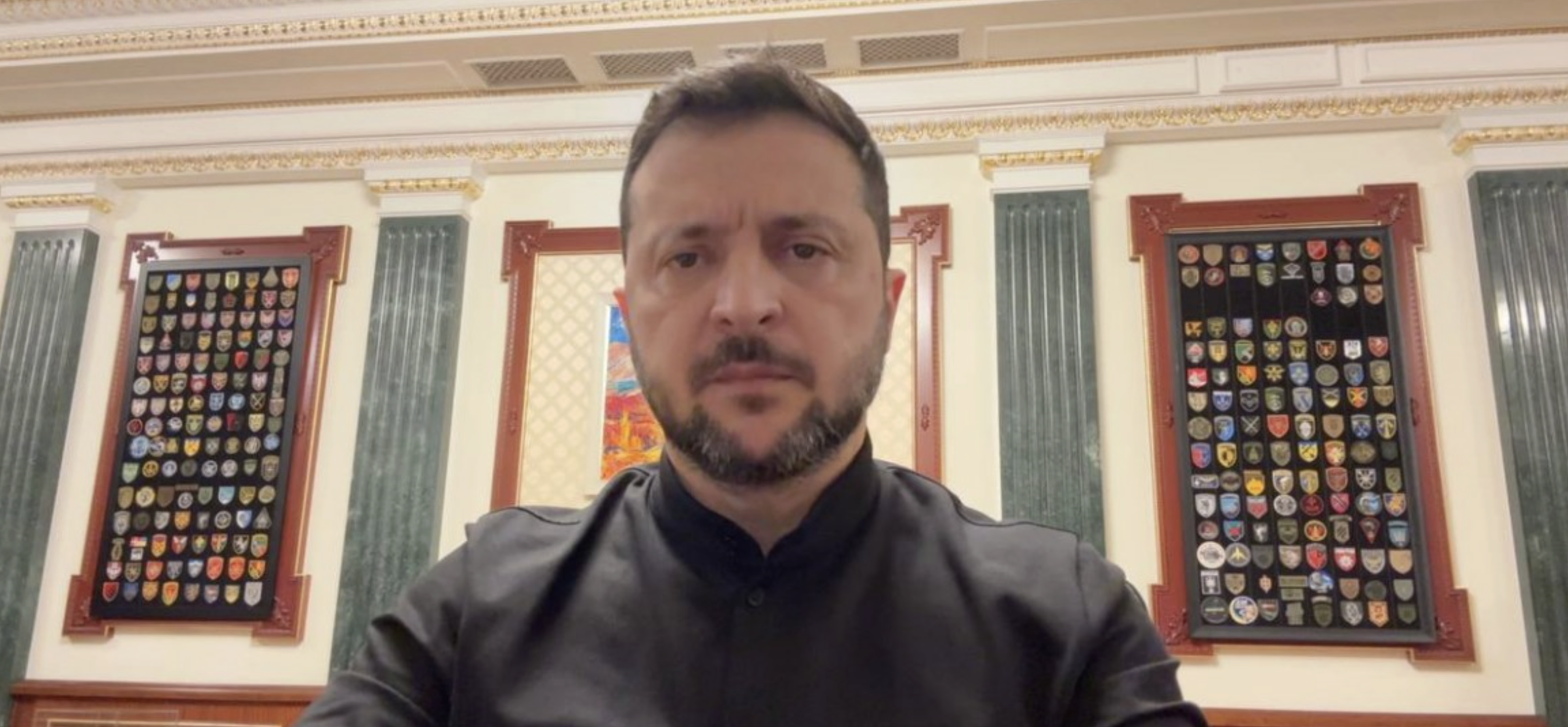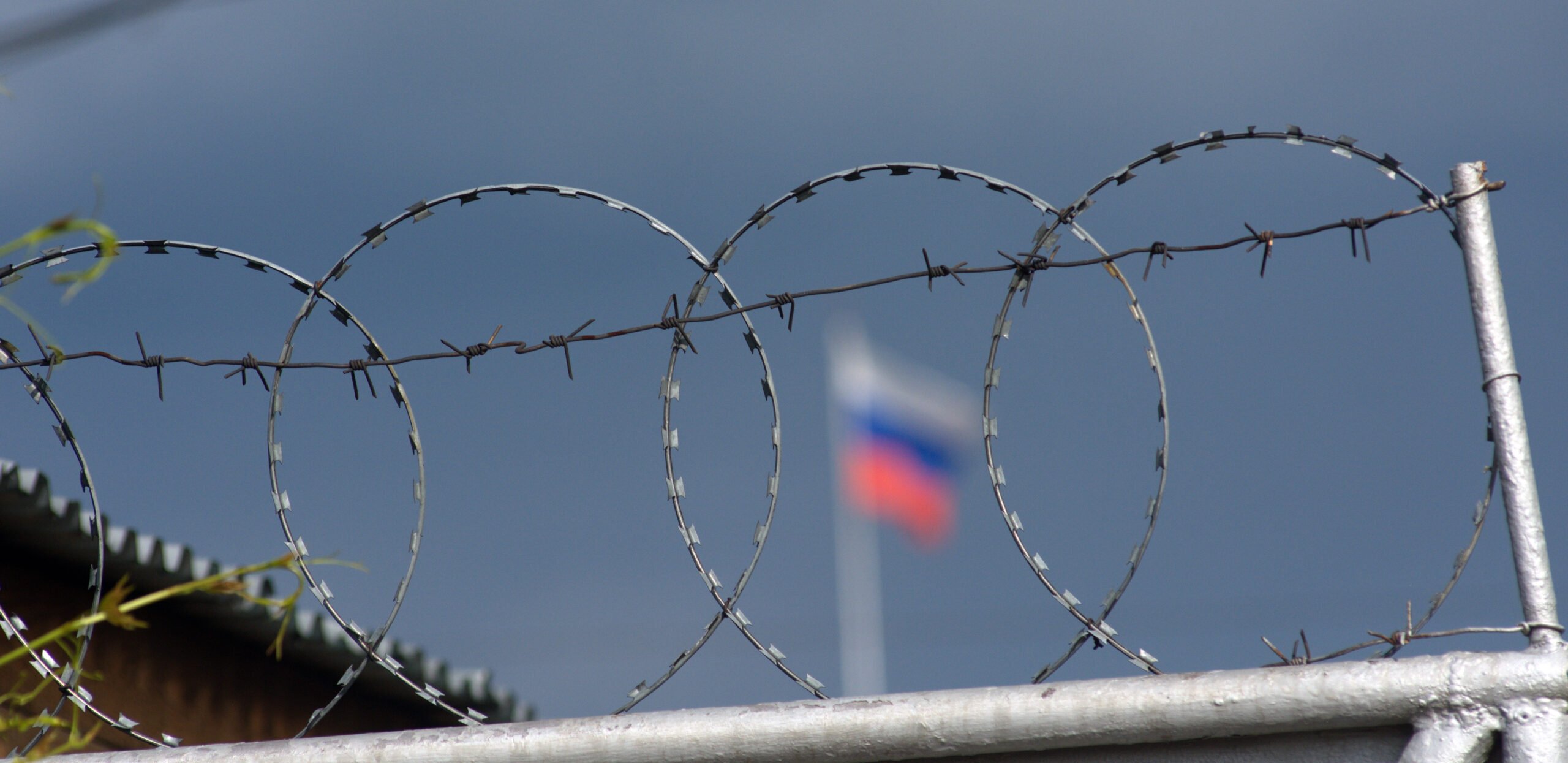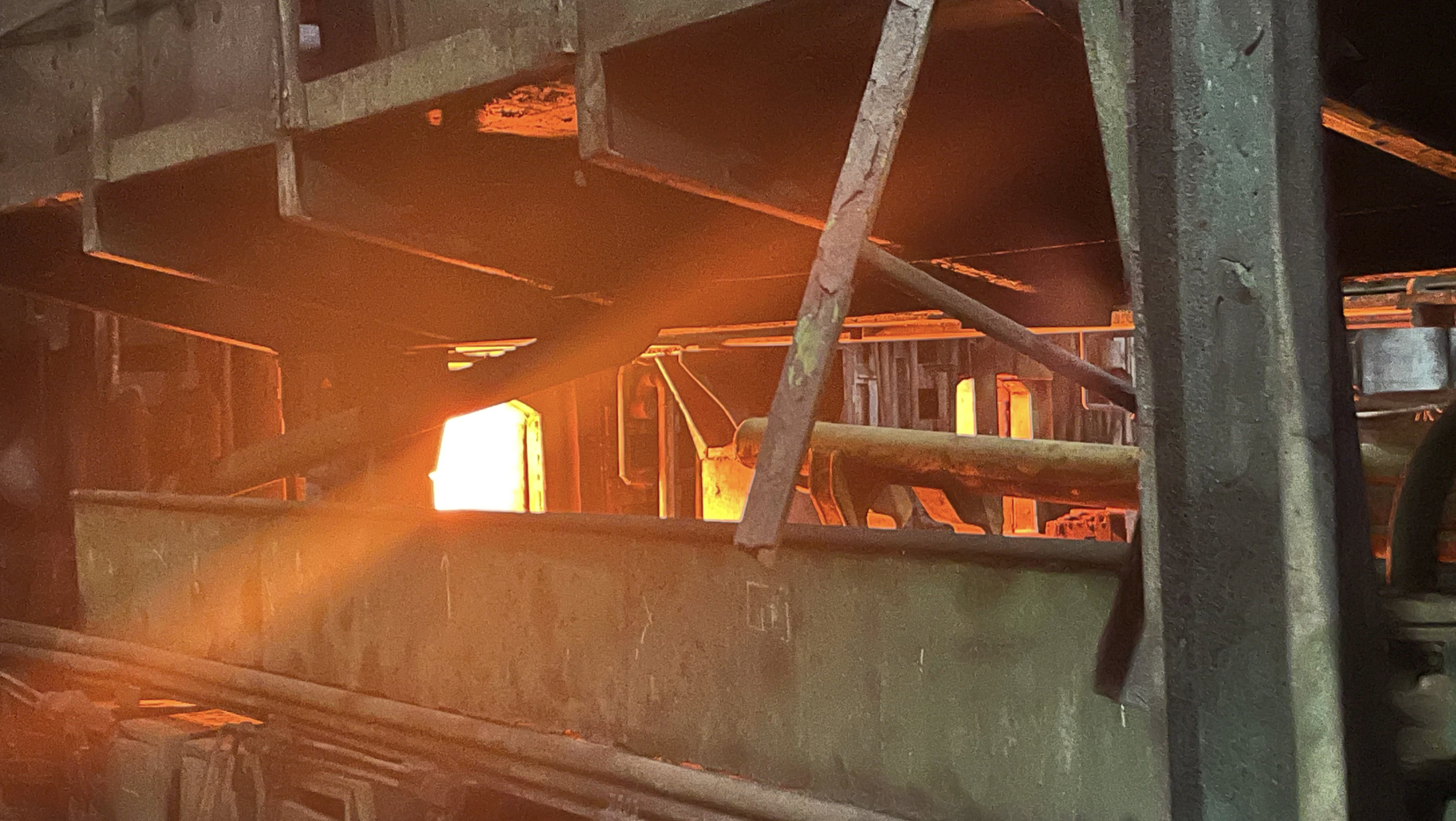

by Timothy Snyder, a distinguished American historian, an expert on Central and Eastern Europe, the Soviet Union, and the Holocaust
Source: Snyder on Substack
Today I visited a factory in southeastern Ukraine. Tonight, with a moment to myself during an air raid, I want to give voice to a worker I met, A.
The factory is an impressive tube-rolling mill in Nikopol, on the Dnipro River. The Russians are on the other side of the river. The factory makes pipes for export and employs about 3,000 people. The Russians try to destroy it.
Russian attacks on the factory are part of a campaign of murderous destruction that is visible from the rubble of the big supermarket at the edge of Nikopol to the damaged old town. There is no Ukrainian military presence.
Ukrainian civilians are vulnerable to Russian missiles and drones. Cities close to the front are especially at risk, since the time between a missile launch and contact is measured in seconds. In Kharkiv or Zaporizhzhia, for example, the time is about 40 seconds.
In Nikopol the situation is more drastic still, since it is also within artillery range. The time from launch of an artillery shell to contact is about seven seconds. I kept being reminded not to wear my seatbelt; you lose the seven seconds that way.
The Russians have been trying to destroy the pipe mill in Nikopol for three years. It has been hit by drones and it has been hit by shells. Provisions have been made, however, for its repair and its defense. The damage is visible, but so are the improvements and precautions. The factory runs and people come to work.
These attacks by Russian heavy weapons on unarmed civilians are one element of Ukrainian workers’ experiences.
In June 2023, Russian occupiers blew the Kakhovka dam, which is upstream from Nikopol on the Dnipro River. This cut off the plant, and the entire city, from their water supply. Adjustments were made.
Now that the dam is gone, the former reservoir looks like a forest. Visible on the far bank, the occupied side, is a Ukrainian nuclear power plant which the Russians occupy — and regularly threaten to damage.
In the factory there are cold-war era underground shelters, with beds and chairs and bathrooms and a lady waiting to make tea. And there are new cement shelters on the surface for workers.
Ninety-two workers from this factory have been killed in action as soldiers. Fifty more are missing.
Two drivers from another company were killed on the site by Russian attacks, as was one worker.
She was a crane operator working at her station when the Russian shell hit. Heavily wounded by shrapnel, she died three weeks later in the hospital.
There are many ways to think about this war, and one of them is class.
The invasion of Ukraine was the decision of a man with hundreds of billions of dollars, Vladimir Putin, whose oligarchical fantasy is that Ukraine does not exist.
After walking through the factory, I sat in the canteen and talked with workers coming off the shop floor. They spoke about war crimes they had witnessed, and about colleagues on the front who they talked to regularly, “just to be human.”
When asked who was attacking them — is it Putin? Russia? — the answer came right away, from A.:
“Fascists.”
Cover: Snyder on Substack
